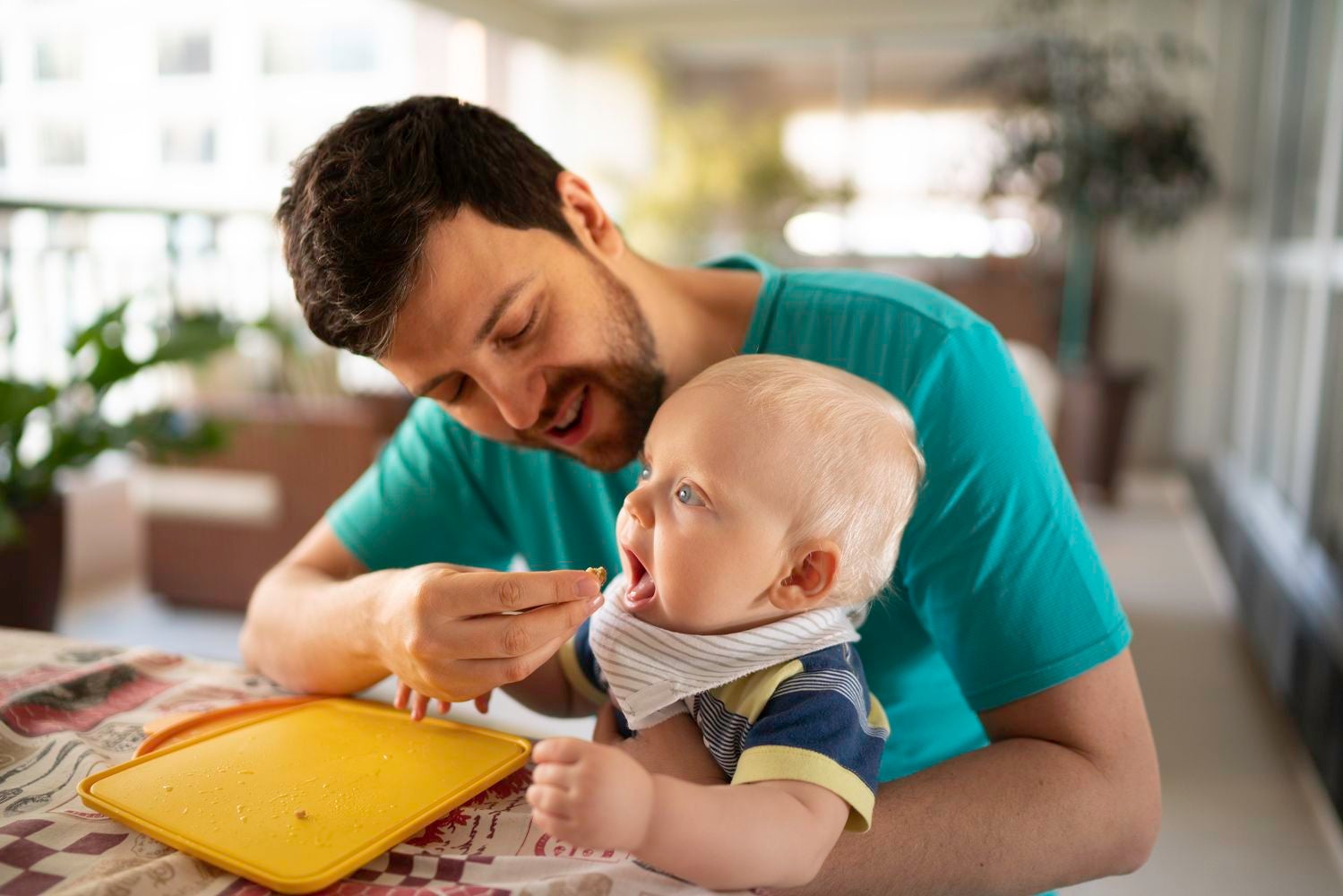Tips for Successful Meal Times
Know your baby’s hunger and fullness cues
In general, babies have very alert hunger and fullness cues. This means they know when they are hungry and they know when they have had enough.
You’ll be less likely to under, or, over-feed your baby if you understand their hunger and fullness cues.
You’ll know your baby is hungry when they:
- Show excitement when food is presented;
- Open their mouth and lean towards the spoon.
You’ll know your baby is full when they:
- Turn their head away from the nipple or spoon;
- Become distracted or notice their surroundings more;
- Reject a familiar and liked food.
Variety of foods
It is important children are encouraged to eat a variety of food from each food group. What is familiar to them is what they will want to keep eating. Most adults are apprehensive about trying new and different foods. To your baby all food is foreign, new and either exciting or scary.
A happy table
Having a happy family eating environment is crucial. Babies learn by watching and listening to others. Watching siblings and parents eating similar food will demonstrate to the baby what they should be eating and how.
Try, try, and try again!
Though you may be tempted to give up if your baby rejects a food, hang in there. Research shows that it may take about 10 tries of a new food before they actually like it. By introducing your baby to a wide variety of foods now and especially during the first two years, you increase the chances of your baby trying and accepting new foods later in childhood.
You need to understand how and when to introduce new foods to your baby’s diet. While this will help you understand their food preferences and habits better, it will also ensure both their health and happiness.
Every baby develops at different rates, it is not necessarily that they are fussy, they may either be showing signs of developmental eating delays or they are simply taking their time to progress through discovering new foods at their own pace. Some foods may take longer and require more attempts than others.
Continue to offer a variety of foods and allow your baby to learn about new foods in the following ways:
- Babies will often start by simply looking at the food on their plate, watching others eat and watching their reactions.
- They will pick up the food and touch it, possibly squashing it in their hands
- They might then smell the food and be scared or excited with what they smell.
- They may then place a small amount on their lip or stick their tongue out and lick the food to taste it.
- If the food has past all the above baby tests, then your baby might trust the food enough to eat the new food for the first time.
For older children, you may also need to add learning about the food
If your baby has missed the inquisitive stage when they want to put everything in their mouth to see what it tastes like – including blocks and toys and anything they can grab – then older children will learn using language – so you can talk about what the food is, where it grows, what meals is the food used in, what it tastes, smells and feels like – is it sweet, is it soft?. When the food becomes less foreign they will be more likely to try it.


